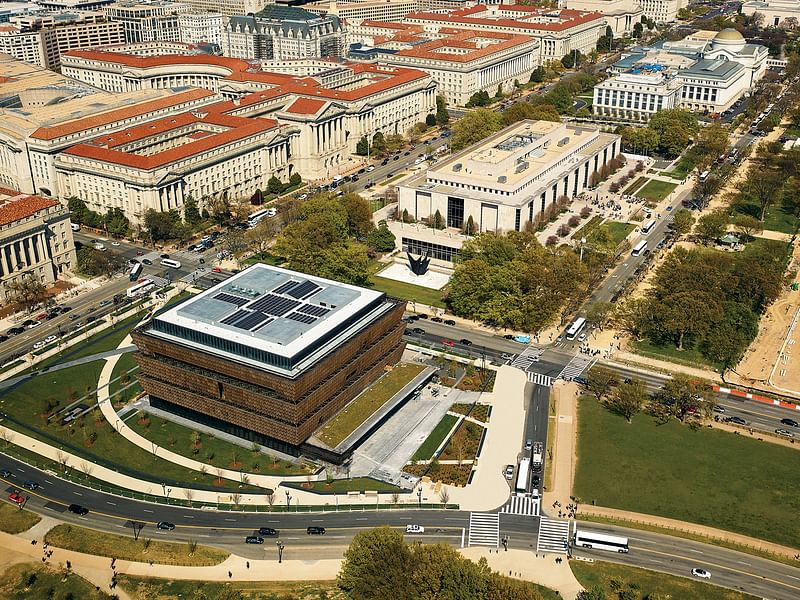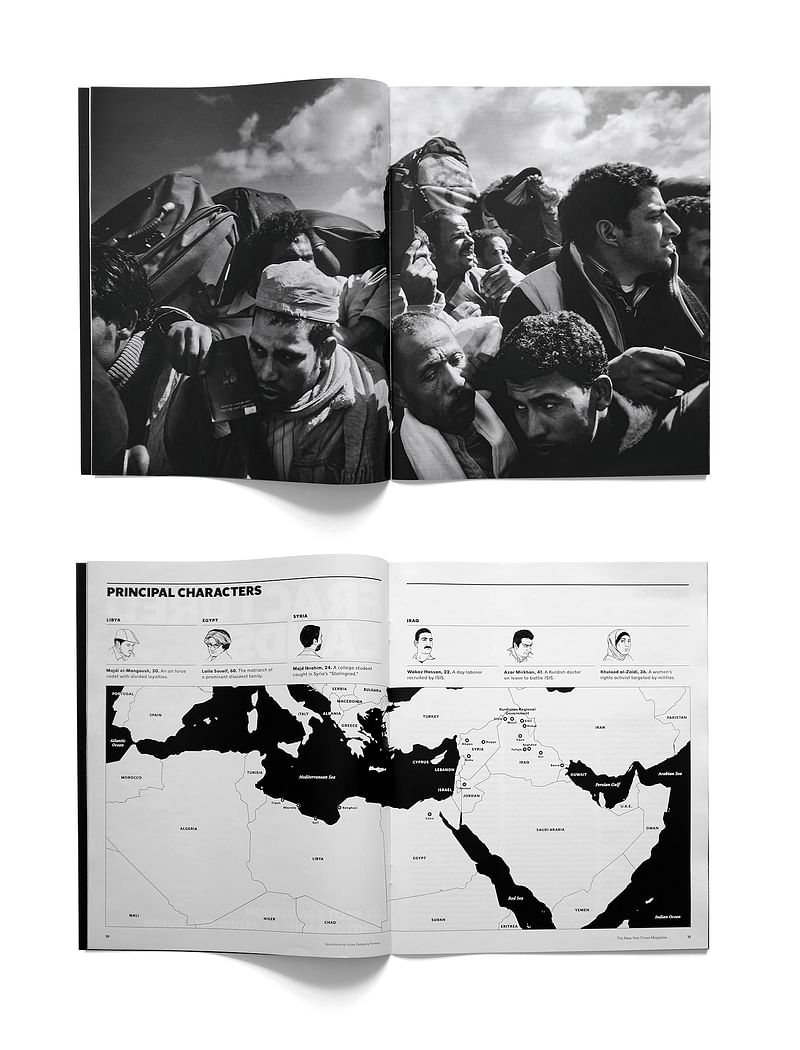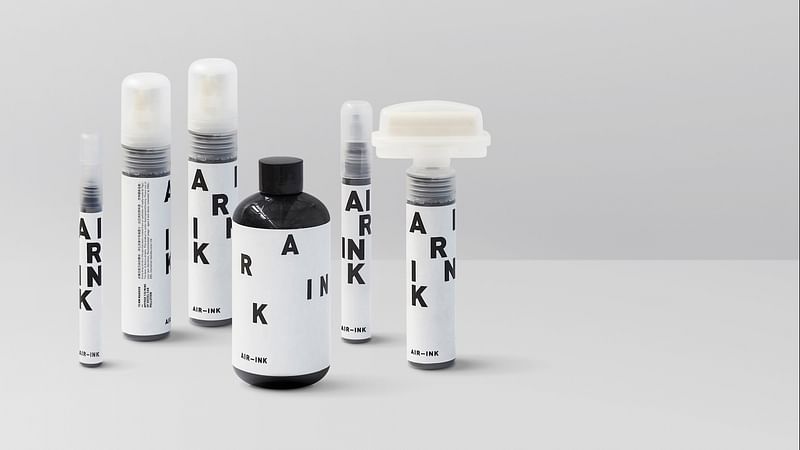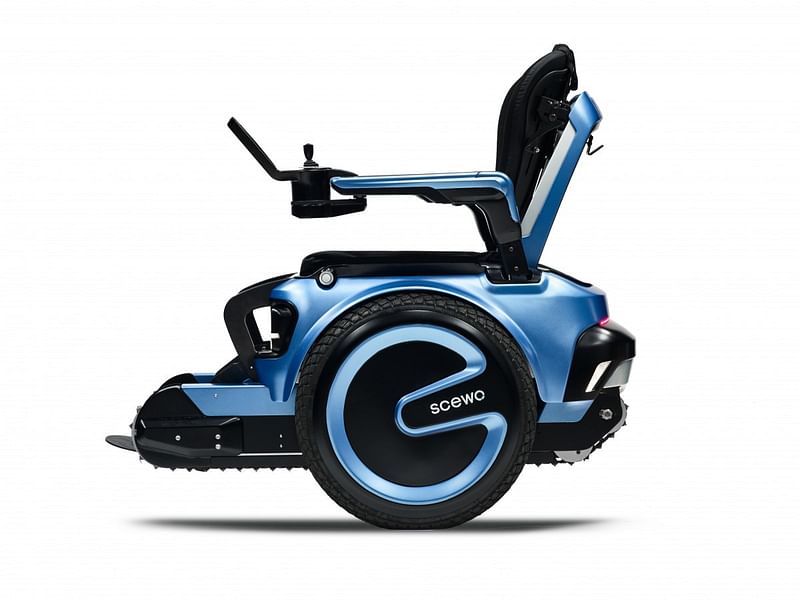
David Adjaye's National Museum of African American History and Culture crowned Beazley Design of the Year
By Alexander Walter|
Thursday, Jan 25, 2018
Related
The Design Museum in London just announced the recipients of its annual Beazley Design of the Year award, and the 2017 top prize went to the winner of the architecture category: the Smithsonian National Museum of African American History and Culture in Washington D.C. designed by the transatlantic team of Sir David Adjaye's firm in collaboration with The Freelon Group, Davis Brody Bond, and SmithGroupJJR.
From a field of 62 nominated projects across of wide spectrum of design categories, including Architecture, Fashion, Digital, Product, Graphics, and Transport, a panel of judges, as well as visitors of the museum's accompanying exhibition Designs of the Year, selected the top designs and the people's choice winner respectively.
The shortlist in the Architecture category this year also included work by big-name firms like Il Fondaco Tedeschi in Venice by OMA and Port House in Antwerp by Zaha Hadid Architects as well as social engaged projects such as the Calais Builds Project by Gráinne Hassett with migrants living in the Calais Jungle and students of Architecture from the University of Limerick, the Lycée Schorge Secondary School by Kéré Archiecture, and Mrs Fan's Plug-In House by People's Architecture Office.

BEAZLEY DESIGN OF THE YEAR 2017 + Architecture Category Winner
Name: Smithsonian National Museum of African American History and Culture in Washington D.C.
Designers: Adjaye Associates, The Freelon Group, Davis Brody Bond, SmithGroupJJR for the Smithsonian Institution
Summary: "The museum was inaugurated by President Obama in September 2016 and is a long-awaited symbol for the African American contribution to the nation’s history and identity. The museum houses galleries, administrative spaces, theatre space and collections storage space. Sir David Adjaye’s approach created a meaningful relationship to this unique site as well as a strong conceptual resonance with America’s longstanding African heritage. The 313,000-square-foot building comprises a three-tiered structure covered in bronze plates. Designed to shade the glazed facades behind, the filigree cladding is patterned to reference the history of African American craftsmanship."
David Rowan, jury chair and Editor-at-large of WIRED’s UK edition, said this about the museum design: "The judges had the tough challenge of selecting a project that both epitomised exciting and impactful design, and also capturing the spirit of the year. David Adjaye's Smithsonian National Museum of African American History and Culture, in Washington DC, did that beautifully: not only is this a striking and already iconic structure at the heart of America's capital, but it's the realisation of an entire century of planning, rejection, political opposition and finally collaborative execution. But the building, opened by Barack Obama in September 2016, is also a powerful reminder that design enables a diverse conversation and can challenge the dominant political discourse. We felt that, in the context of today's strident American debate on race and identity, Adjaye's achievement represented optimism."

Digital
Name: Rapid Liquid Printing
Designers: MIT Self-Assembly Lab (Bjorn Sparrman, Kate Hajash, Shokofeh Darbari, Mattis Koh, Schendy Kernizan, Jared Laucks & Skylar Tibbits) in collaboration with Christophe Guberan, and Steelcase (Yuka Hiyoshi, Rob Poel, Markus McKenna, Paul Noll, Sharon Tracy, Edward Vander Bilt, Chris Norman & Charlie Forslund)
Summary: "Rapid Liquid printing (RLP) physically draws in 3D space within a gel suspension, and enables the creation of large scale, customized products made of real-world materials. 3D printing hasn’t taken off as a mainstream manufacturing process as it is too slow compared to conventional processes, is limited by scale and the materials are typically low-quality. RLP addresses these limitations: it is incredibly fast (producing structures in a matter of minutes), designed for large scale products (you can print an entire piece of furniture) and uses real-world, industrial-grade materials."

Fashion & People's Choice Winner
Name: Nike Pro Hijab
Designers: Rachel Henry, Baron Brandt, Megan Saalfeld and Brogan Terrell for Nike
Summary: "Nike has worked alongside a team of athletes to develop a single-layer stretchy high-performance Hijab that could change the face of sport for Muslim women. Inspired by Sarah Attar’s win for Saudi Arabia at the 2012 Olympics, it was unveiled two days before International Women’s Day."

Graphics
Name: ‘Fractured Lands’, The New York Times Magazine, 14 August 2016
Designers: Jake Silverstein, Editor-in-Chief, Gail Bichler, Design Director, and Matt Willey, Art Director, for The New York Times Magazine
Summary: "The Fractured Lands issue contained a single, very long (42 thousand word), nonfiction narrative by Scott Anderson and 20 photographs by Paolo Pellegrin. The product of some 18 months of reporting, it tells the story of the catastrophe that has fractured the Arab world since the invasion of Iraq 13 years ago, leading to the rise of ISIS and the global refugee crisis. The story gives the reader a visceral sense of how it all unfolded, through the eyes of six characters in Egypt, Libya, Syria, Iraq and Iraqi Kurdistan."

Product
Name: AIR-INK
Designers: Graviky Labs
Summary: "AIR-INK is the first commercially available ink made from air pollution. The clean-tech company has industrialized the process of capturing and recycling air pollution emissions into advanced pigments and inks."

Transport
Name: Scewo
Designers: Thomas Gemperle, Adrien Weber, Naomi Stieger, Stella Mühlhaus, Bernhard Winter, Pascal Buholzer at the Swiss Federal Institute of Technology
Summary: "Scewo is a stairclimbing mobility device that will allow disabled persons to be more flexible and independently reach locations that were previously inaccessible. Scewo is a stairclimbing mobility device developed by a group of students at the Swiss Federal Institute of Technology. Using a retractable set of rubber tracks, the wheelchair can safely and smoothly travel both up and down stairs, while an extra pair of wheels at the rear of the chair allows users to raise the chair up so that they can engage with others at eye level."
The Designs of the Year exhibition still runs at the Design Museum until February 18.

RELATED NEWS Beazley Designs of the Year nominations feature a host of politically charged and socially engaged projects

RELATED NEWS Zaha Hadid's Port House and Adjaye's National Museum of African American History and Culture among the projects shortlisted for 2017 Designs of the Year


Share
0 Comments
Comment as :